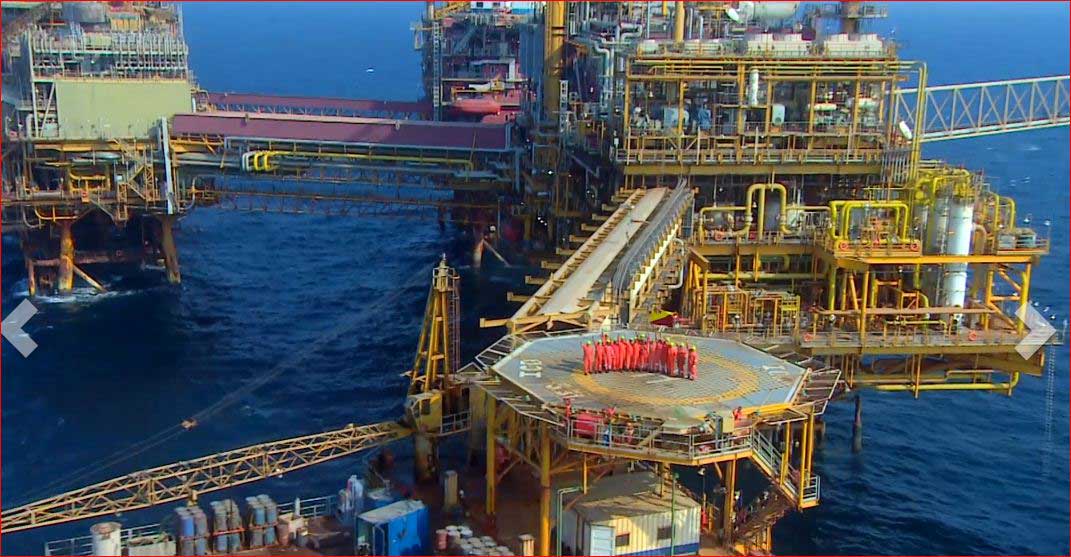Top executives of Oil and Natural Gas Corporation (ONGC) and bureaucrats within the government have successfully thwarted an attempt by the Niti Aayog to privatise the country’s largest oil and gas producing fields, including those in the famed Bombay High and Vasai East.
A high-level committee headed by Niti Aayog vice-chairman Rajiv Kumar favoured “transferring” the western offshore oil and gas fields of Mumbai High, Heera, D-1, Vasai East and Panna as well as Greater Jorajan and Geleki field in Assam, Baghewala in Rajasthan and Kalol oilfield in Gujarat to private/foreign companies through a stake sale.
The state-owned company had stoutly opposed the Niti Aayog proposal after dubbing it as a blatant “asset-stripping” exercise.
Former senior ONGC officials said: “Privatisation is not the only solution. The performance of private companies is not that encouraging and one has only to see the outcome of those fields that have already been privatised.”
The final report of the committee, which was submitted on January 29, had watered down the proposal by suggesting that the national oil companies should be given the freedom to choose the field-specific implementation model to ramp up output from the fields through a farm out, joint venture or technical service agreements.
The report had also suggested the national oil companies should have the freedom to decide on pricing and marketing issues in the case of any new field development plan.
These fields contribute about 95 per cent of total oil production of 35.7 million tonnes (mt) and gas output of 32,648 million standard cubic metres (mscm) in 2017-18.
Besides the nine fields, 149 marginal fields, which contribute about 5 per cent of the domestic production, were to be clustered and bid out.
The committee, however, said that the state-owned firms — ONGC and Oil India — could continue to hold on to 52 producing field on the condition that they deliver results in terms of production and financial performance within a definite time frame.
The six-member committee, comprising top civil servants, including cabinet secretary P.K. Sinha and headed by Niti Aayog vice-chairman Rajiv Kumar, said in its report that the oil companies needed to adhere to an approved production profile. If they fail, even these fields should be considered for privatisation.
The report said in case the oil and gas output fell below 10 per cent of the agreed performance parameter over the next three years, these fields could be taken away from the two national oil companies and offered to private companies.
Fifty-two oil and gas fields have been put on notice, of which ONGC holds 49 fields and OIL three.
The committee had suggested that the government should consider the idea of harnessing new technology and investment to boost output from these fields.
An increase in output from the domestic fields will have an impact in reducing oil and gas imports in the country, which have steadily increased over the past four years.
Crude production has declined 4.7 per cent and natural gas 2.9 per cent since 2014-15 despite a steady increase in consumption. The data showed that crude production dipped from 37mt in 2014-15 to 35mt in 2017-18 and gas production also dropped from 33,657mscm to 32,648mscm during the same period.
However, data shows that the import dependence on oil has increased from 78.3 per cent of total consumption in 2014-15 to 82.9 per cent during the financial year ended 2018.











